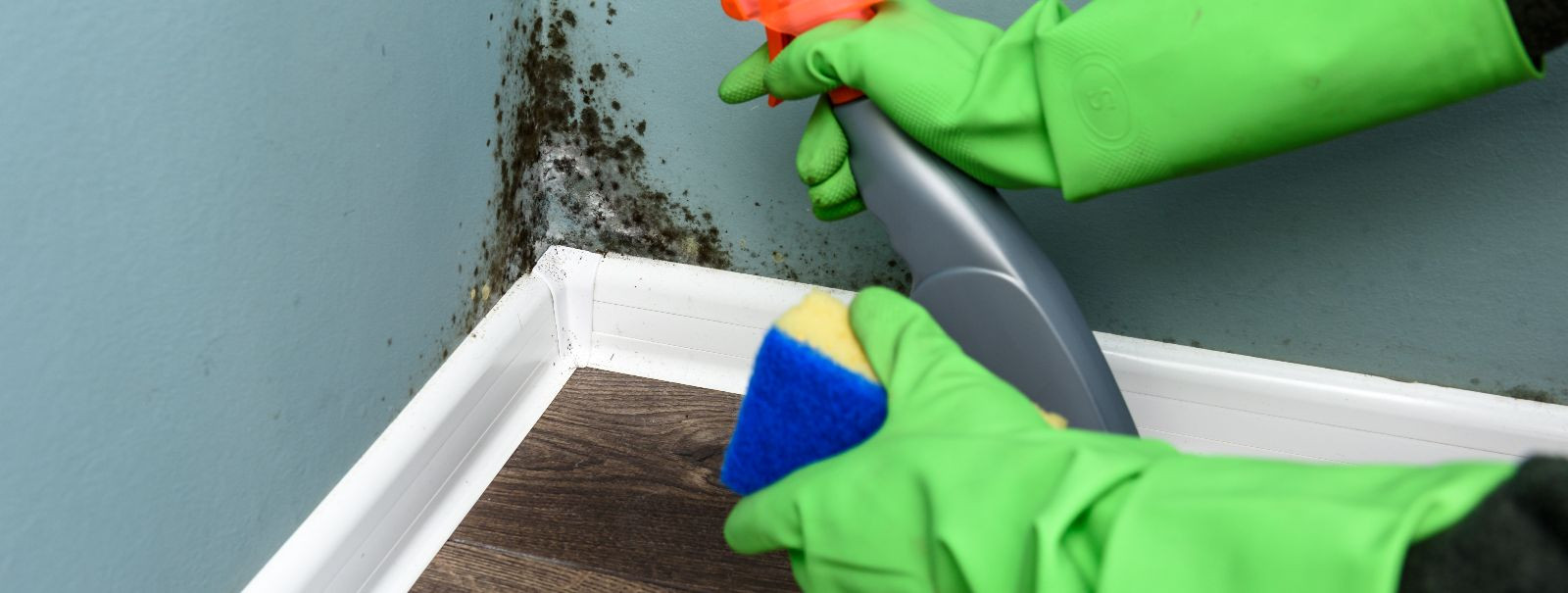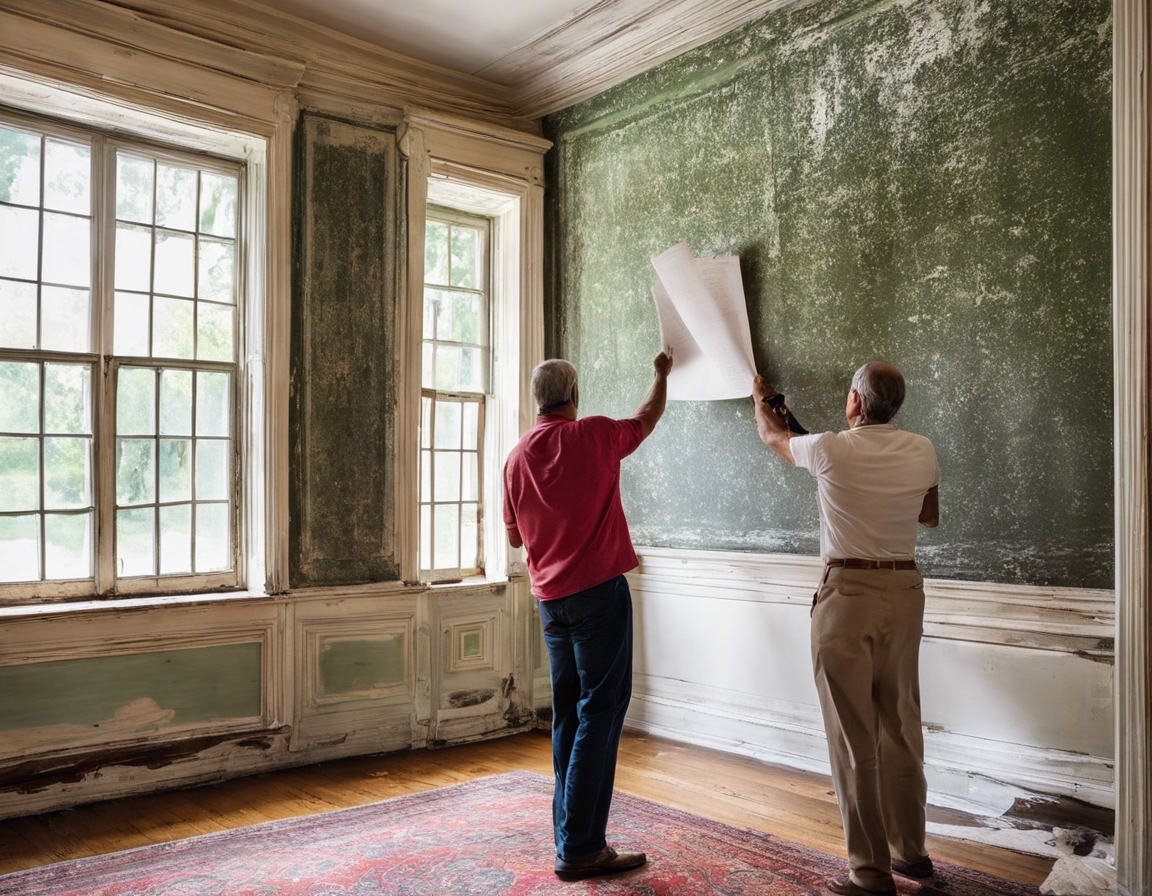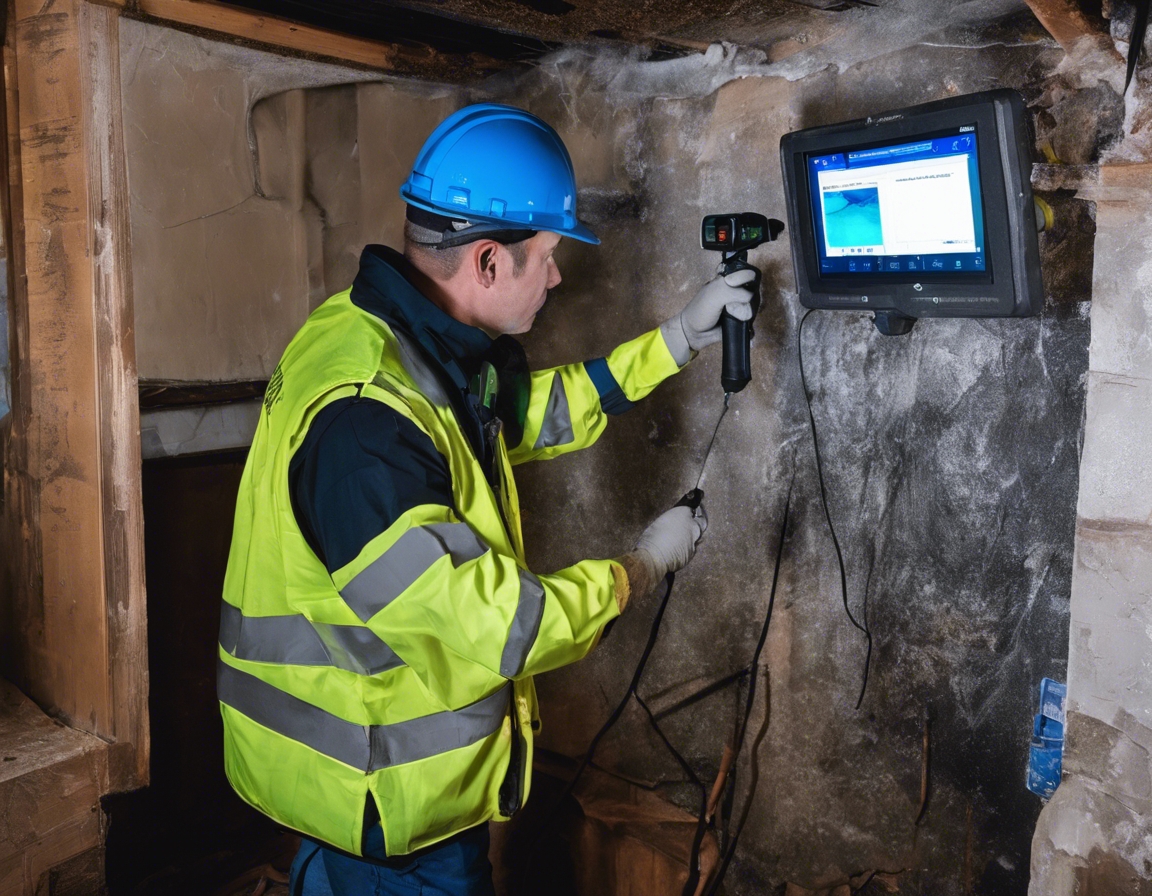5 signs your heritage property needs mold remediation
Heritage properties carry historical significance and architectural beauty, but they also come with unique challenges, particularly when it comes to mold. In this post, we'll explore the five signs that indicate your heritage property may require professional mold remediation.
Understanding Mold in Heritage Properties
Mold is a type of fungus that thrives in moist environments and can cause significant damage to building materials and human health. It reproduces through tiny spores that travel through the air and settle on surfaces, where they can grow under the right conditions.
Heritage properties are particularly susceptible to mold because of their age, the materials used in their construction, and often outdated ventilation systems that can lead to moisture accumulation.
Sign #1: Visible Mold Growth
Mold can often be found in damp, dark areas such as basements, attics, and behind walls. It may appear as discolored patches or fuzzy growths on surfaces.
Some common types of mold found in heritage properties include Aspergillus, Penicillium, and Stachybotrys, also known as black mold.
Sign #2: Musty Odors
A musty, earthy smell is often indicative of mold presence, even if it's not immediately visible.
Long-term exposure to mold can lead to respiratory issues and other health problems, particularly in individuals with allergies or compromised immune systems.
Sign #3: Historical Water Damage
Leaks, flooding, and condensation are common sources of water damage in heritage properties that can promote mold growth.
Water damage can weaken structural integrity and lead to extensive mold infestation if not addressed promptly.
Sign #4: Deterioration of Building Materials
Signs of deterioration such as warped wood, crumbling plaster, and peeling paint can indicate the presence of mold.
Organic materials like wood, paper, and textiles are most vulnerable to mold damage.
Sign #5: Health Symptoms Among Occupants
Occupants may experience symptoms such as coughing, sneezing, headaches, and fatigue, which can be related to mold exposure.
If occupants are experiencing health issues or any of the above signs are present, it's crucial to seek professional mold remediation.
Professional Mold Remediation by MAJASEENTE TÕRJE OÜ
Professional remediation is essential to properly address mold issues in heritage properties, ensuring the preservation of the property's structural integrity and historical value.
MAJASEENTE TÕRJE OÜ specializes in mold remediation for heritage properties, using methods that are effective yet sensitive to the property's unique characteristics.
Conclusion
Recognizing the signs of mold and taking prompt action is crucial for the preservation of heritage properties. If you suspect your property may be affected, it's important to consult with professionals who understand the intricacies of mold remediation in such spaces.






Comments (0)